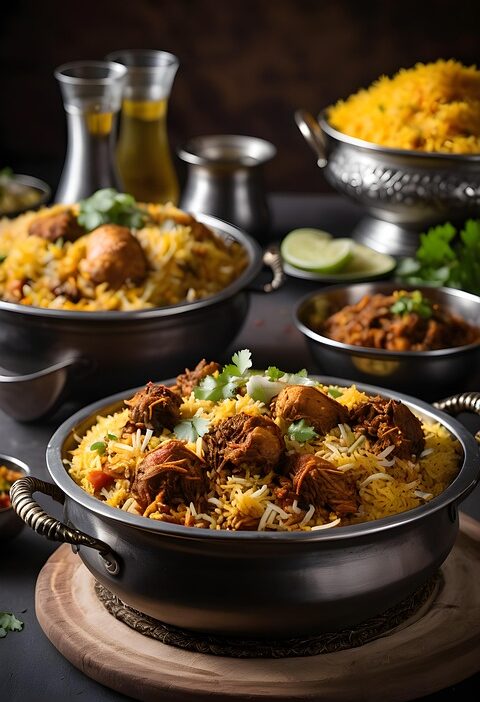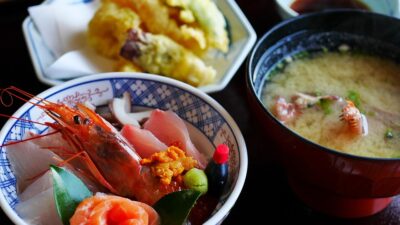In a world increasingly concerned with sustainability, food choices play a pivotal role in shaping our ecological footprint. Among the various options available, millets are receiving renewed attention, particularly in the context of Indian cuisine. Known for their nutritional benefits and environmental adaptability, millets are emerging as a cornerstone of sustainable cooking. This article delves into the history, benefits, and future potential of millets in transforming Indian culinary practices.
A Historical Perspective on Millets
Millets have been a staple in Indian agriculture for thousands of years. Ancient texts suggest that these grains were a primary source of sustenance for many communities across the subcontinent. Millets such as foxtail, pearl, finger, and barnyard millet thrived in diverse climates, requiring minimal water and fertilizer. Unfortunately, their popularity waned with the rise of rice and wheat cultivation, which were perceived as more glamorous staples.
Nutritional Powerhouse
Millets are often referred to as “nutritional powerhouses.” They are high in protein, fiber, vitamins, and essential minerals, making them a healthier alternative to many commonly consumed grains. For instance:
- High in Protein: Millets contain more protein than rice and wheat, making them a significant nutrient source, especially in vegetarian diets.
- Rich in Fiber: This helps in digestion and supports weight management.
- Gluten-Free: Ideal for individuals with gluten intolerance or celiac disease.
- Mineral-Rich: Millets are packed with crucial minerals like iron, magnesium, and phosphorus.
Sustainability and Environmental Impact
One of the primary advantages of millets is their resilience to climate extremes. As global temperatures rise and weather patterns become unpredictable, millets stand out due to their drought resistance and low input requirement:
- Water Conservation: Millets require about 40% less water compared to rice and wheat. This attribute makes them ideal in water-scarce regions.
- Soil Health: Their deep root systems improve soil fertility, reducing the need for chemical fertilizers.
- Biodiversity: Growing millets contributes to agricultural diversity, which is crucial for sustaining ecosystems.
Reviving the Lost Grains
The resurgence of millets in the culinary landscape can be attributed to various factors:
Culinary Innovation
Innovative chefs and home cooks are experimenting with millets, incorporating them into traditional dishes and inventing new recipes. From millet dosas to salads, desserts, and even baked goods, the versatility of millets is being rediscovered.
Government Initiatives
Recognizing the potential of millets, the Indian government has launched campaigns to encourage farmers to cultivate these resilient grains again. The International Year of Millets (2023) serves as a testament to this collective effort to revive and promote these ancient grains.
Local and Organic Farming
There is a growing movement towards organic and local farming, which emphasizes the cultivation of traditional crops like millets. This shift not only supports local farmers but also fosters a connection between consumers and their food sources, creating a more sustainable food system.
The Future of Sustainable Indian Cooking
As awareness about health and sustainability grows, millets are set to play a significant role in shaping the future of Indian cooking. Here are a few reasons why:
Culinary Education and Awareness
Many organizations and culinary schools are now incorporating millets into their training programs, educating chefs and cooks about their nutritional benefits and cooking techniques. This grassroots education helps in promoting millets as a staple in Indian kitchens.
Integration into Urban Diets
With urban lifestyles becoming increasingly health-conscious, millets are finding their way into urban diets. Restaurants and cafes are beginning to feature millet-based dishes, catering to a clientele that seeks both flavor and nutrition.
Collaboration and Research
Collaboration between stakeholders—from farmers to chefs to researchers—will further propel the millet movement. Ongoing research into millet cultivation, pest resistance, and processing methods will enhance their availability and usability in everyday cooking.
Conclusion
Millets are more than just grains; they are a symbol of resilience, adaptability, and sustainability in our fast-paced world. Embracing millets not only transforms the Indian culinary landscape but also contributes to the health of our planet. As we move towards a future that values sustainable eating, millets stand ready to reclaim their rightful place in our kitchens, offering a delicious and responsible way to nourish ourselves and sustain the earth.



